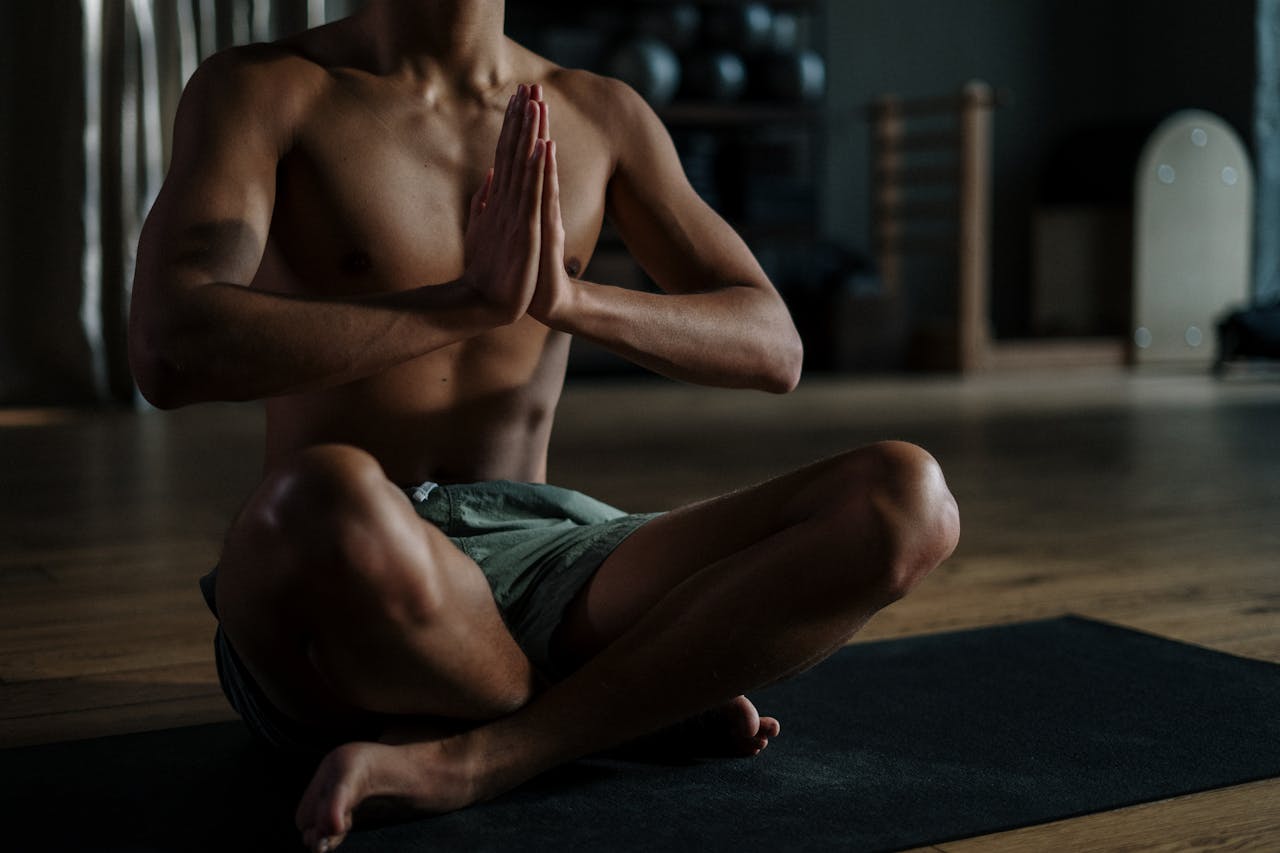As a Gen Xer, it’s essential to maintain a balanced fitness routine that includes strength training, cardio, flexibility work, and core exercises. A diverse workout plan helps prevent injuries, supports overall health, and keeps you feeling strong and energized. Here are seven strategies for combining different workouts to achieve well-rounded fitness.
1. Start with a Foundation of Strength Training
Why It Matters
Strength training is vital for maintaining muscle mass and bone density as you age. It helps build a solid foundation and keeps you strong, making it easier to handle daily activities and other types of exercise.
How to Incorporate It
Aim to include strength training exercises like squats, deadlifts, lunges, and push-ups 2-3 times a week. Focus on all major muscle groups, alternating between upper body and lower body workouts to allow for recovery.

2. Add Cardio for Heart Health and Endurance
Why It Matters
Cardio exercises, such as walking, running, or cycling, improve cardiovascular health and increase endurance. Regular cardio can help reduce the risk of heart disease and boost energy levels.
How to Incorporate It
Choose moderate-intensity cardio activities like walking, hiking, or swimming for 30-45 minutes, 3-4 times a week. Consider incorporating one day of HIIT (High-Intensity Interval Training) for a time-efficient, heart-pumping workout that enhances both strength and endurance.

3. Incorporate Flexibility and Balance with Yoga
Why It Matters
Flexibility decreases with age, so incorporating exercises that improve range of motion and balance is crucial. Yoga enhances flexibility, balance, and mental focus, which helps prevent injuries and supports recovery.
How to Incorporate It
Include yoga sessions 1-2 times a week to stretch muscles, improve posture, and reduce stress. You can also add short yoga routines after strength or cardio workouts to cool down and aid recovery.

4. Strengthen Your Core with Pilates
Why It Matters
Core strength is essential for overall stability, posture, and preventing lower back pain. Pilates emphasizes core engagement and builds a strong foundation, which supports other workouts and everyday activities.
How to Incorporate It
Try Pilates 1-2 times a week to target your core, or add a few Pilates exercises (like the plank or leg raises) to the end of your strength training sessions. Pilates can be a great addition to your rest days or as a morning warm-up.
5. Plan Active Recovery Days
Why It Matters
Recovery is crucial to avoid overuse injuries and keep your body performing at its best. Active recovery includes gentle movement that enhances circulation and aids muscle repair.
How to Incorporate It
On rest days, consider light stretching, walking, or gentle yoga. These activities promote blood flow, reduce stiffness, and prepare your body for more intense workouts on the following days.

6. Mix Up Your Routine for Variety and Consistency
Why It Matters
Switching up your workouts prevents boredom, reduces the risk of overuse injuries, and ensures that you’re working different muscle groups. A varied routine also makes it easier to stay consistent.
How to Incorporate It
Create a weekly schedule that includes strength training, cardio, flexibility work, and core exercises. For example:
- Monday: Strength training
- Tuesday: Cardio
- Wednesday: Yoga
- Thursday: Strength training
- Friday: Cardio or HIIT
- Saturday: Pilates or yoga
- Sunday: Active recovery (light stretching or walking)
7. Prioritize Rest and Listen to Your Body
Why It Matters
As you get older, your body may need more time to recover between workouts. Listening to your body allows you to adapt your workouts to how you feel, reducing the risk of burnout or injury.
How to Incorporate It
Take at least one full rest day each week and adjust your workouts based on energy levels and how your body feels. Be flexible with your schedule, and don’t be afraid to replace a high-intensity session with a gentler workout if you need it.

In Conclusion
A balanced fitness routine for Gen Xers should include a combination of strength training, cardio, flexibility work, core exercises, and active recovery. This approach helps maintain muscle, improve heart health, enhance flexibility, and prevent injury. By following these tips, you’ll create a well-rounded routine that keeps you strong, healthy, and energized for years to come. Stick with it, and enjoy the variety that each workout brings!


